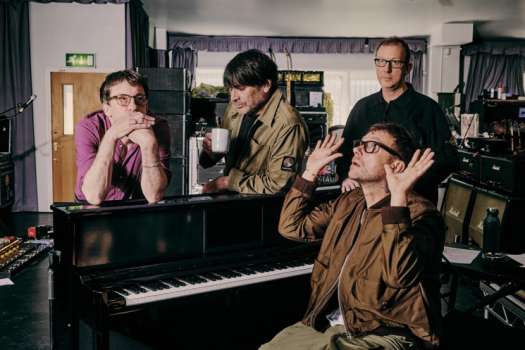On the surface, Blowup concerns a fashion photographer (David Hemmings) who photographs a mysterious woman in a park (Vanessa Redgrave) and in the course of developing the photographs uncovers a mystery. But that plot-oriented description in no way reflects the musing, languid pace of this iconic mid-'60s art film. Blowup is more concerned with philosophical considerations about the meaning of work, the freedom of sexual exploration and the nature of reality than in actually solving any crime, and the slow-paced, artfully constructed film makes that very clear. This is cinema for cineastes and that includes all the pretentious snobbery and thematic depth it implies. As the unnamed photographer, Hemmings wanders into antique shops, cavorts with naked models and enjoys long silences pregnant with portent. Antonioni, for his part, plays a shell game with the viewer; he enjoys the artificial position of power afforded to him as a director, and he regularly reminds us that he's in charge this is his show. He's a master director at the height of his powers here, but Blowup will not suit everyone's tastes. If, for example, you're the type of movie fan who's going to need a concrete answer to questions like, "why are the anarchist mimes playing tennis?" you'd best seek out Brian De Palma's much more linear 1981 remake Blow Out. An academically-inclined commentary by Antonioni scholar Peter Brunette helps explore the themes but doesn't provide any more answers. Plus: music-only track, trailers. (Warner)
Blowup
Michelangelo Antonioni

BY James KeastPublished Feb 1, 2004



